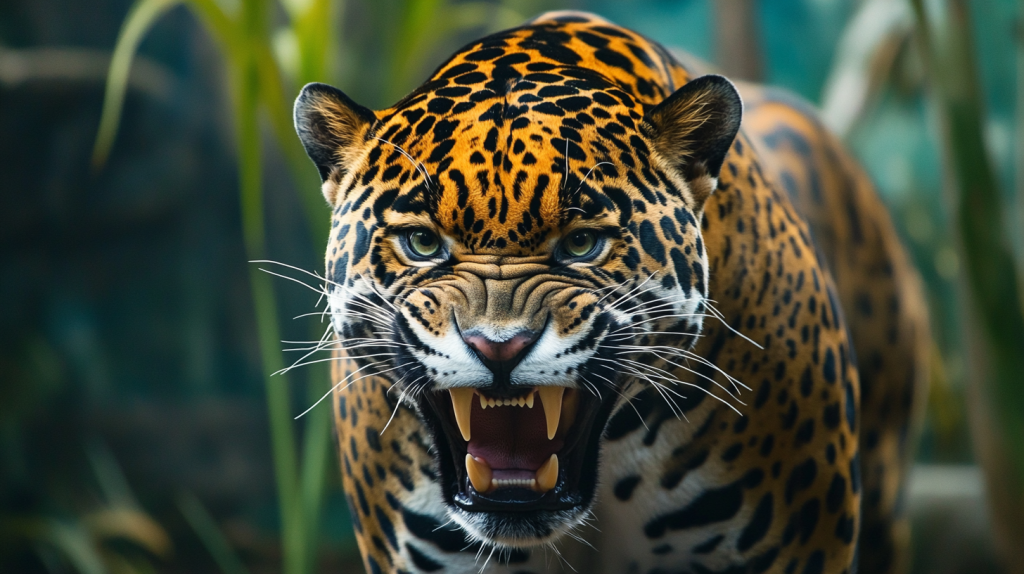Our planet’s apex predators are magnificent. They’re efficient, powerful hunters, but many of them, sadly, have been hunted by humans to the verge of extinction. I’ve chosen not to include humans on this list because these awe-inspiring creatures kill for food or when threatened, not just for the thrill or brutality of it. From the depths of the oceans to the highest mountain peaks, these creatures have honed their hunting skills to perfection.
The creatures I’ve included here are some of nature’s most stunning and fearsome creations in terms of hunting efficiency, strength, speed, and biteforce.
Great White Shark
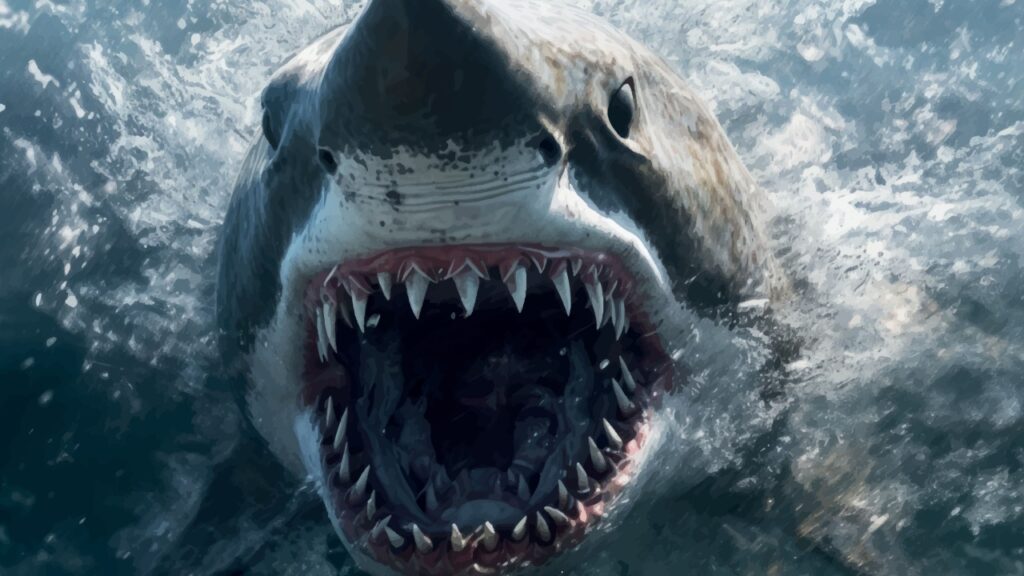
The great white shark is one of the ocean’s most feared predators. Growing up to 20 feet long and weighing up to 5,000 pounds, these massive fish are built for hunting. They have rows of razor-sharp teeth that are constantly replaced throughout their lives. Great whites can detect a single drop of blood in 25 gallons of water, making them excellent at tracking injured prey.
Siberian Tiger
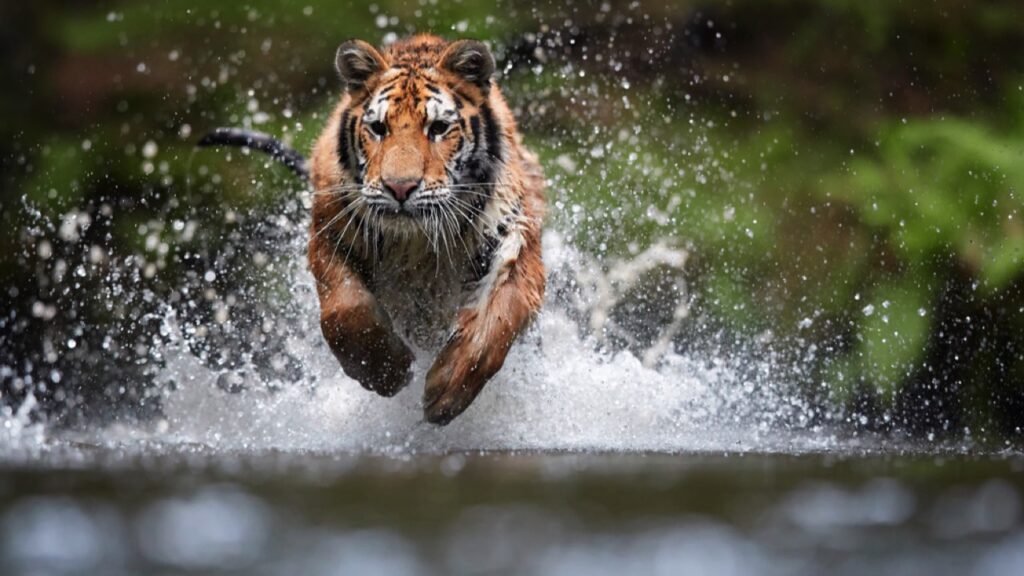
As the largest cat species in the world, the Siberian tiger is a true powerhouse. These striped hunters can weigh up to 660 pounds and are known for their incredible strength. Siberian tigers have excellent night vision and can hear sounds at much higher frequencies than humans, making them skilled nocturnal hunters.
Saltwater Crocodile
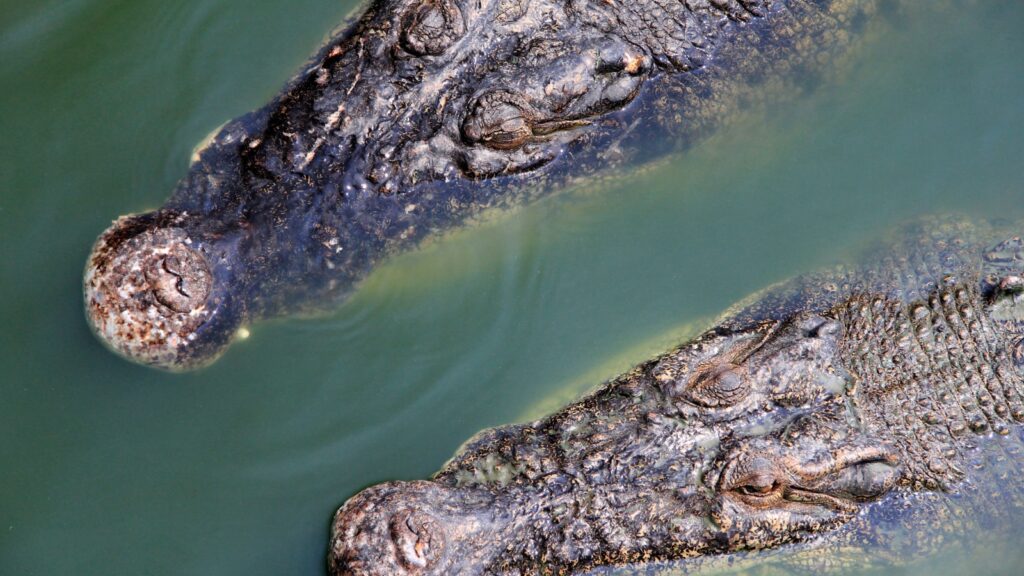
The saltwater crocodile is the largest living reptile and a fearsome predator. These ancient creatures can grow up to 23 feet long and weigh over 2,200 pounds. Saltwater crocodiles have the strongest bite force of any animal, able to crush a turtle’s shell with ease. They’re also excellent swimmers, known to travel long distances in open ocean.
Killer Whale (Orca)
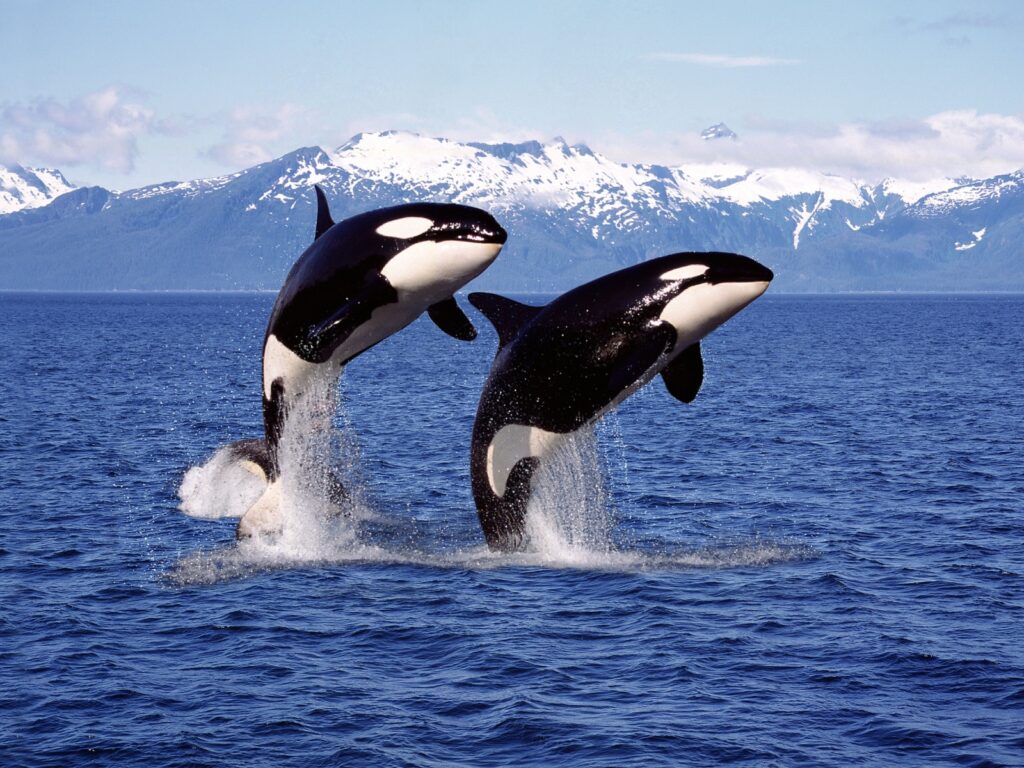
Killer whales, or orcas, are the wolves of the sea. These intelligent predators hunt in pods, using sophisticated communication and teamwork to take down large prey. Orcas have been known to hunt great white sharks, flipping them upside down to induce a state of paralysis. Their powerful tails can generate enough force to launch their 6-ton bodies completely out of the water.
Polar Bear
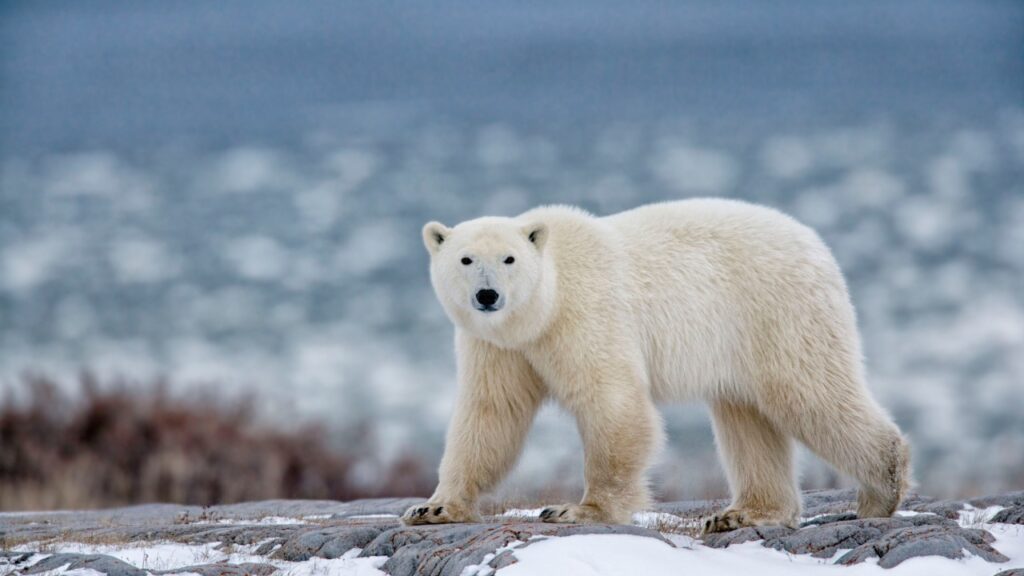
The polar bear is the largest land carnivore and the undisputed king of the Arctic. These massive bears can weigh up to 1,500 pounds and stand 10 feet tall on their hind legs. Polar bears are excellent swimmers, often traveling long distances between ice floes in search of their favorite prey: seals. Their keen sense of smell allows them to detect seals up to a mile away and through 3 feet of ice.
African Lion
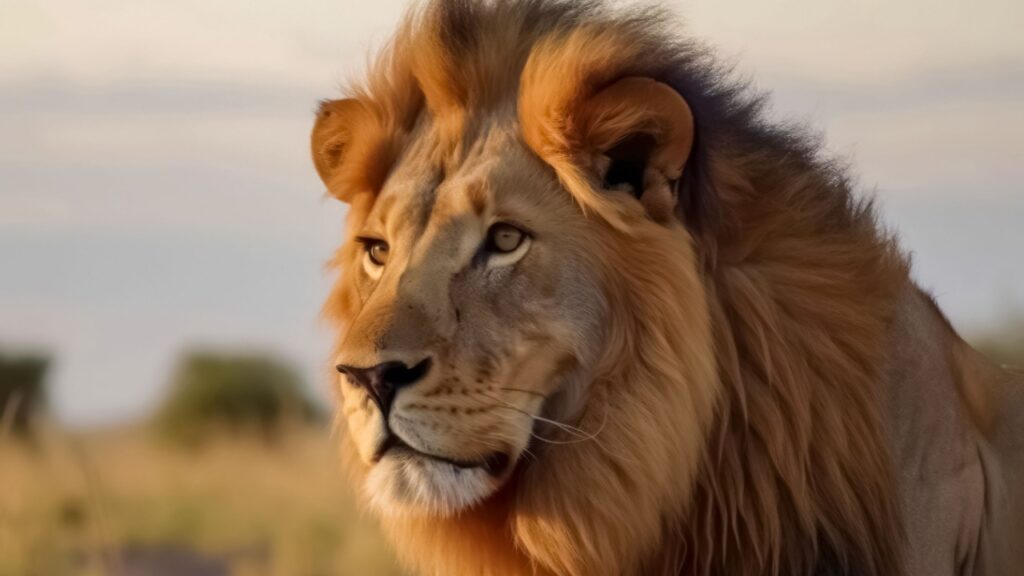
Known as the king of the jungle, the African lion is a symbol of strength and power. These big cats hunt in prides, working together to bring down prey much larger than themselves. Male lions can weigh up to 550 pounds and possess a powerful roar that can be heard up to 5 miles away. Their night vision is six times better than that of humans, making them skilled nocturnal hunters.
Komodo Dragon
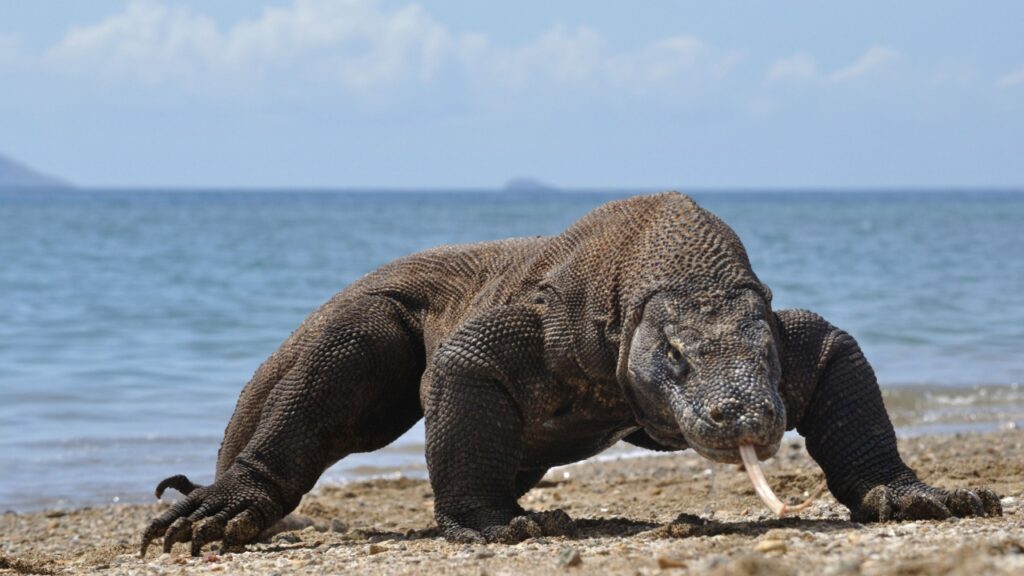
The Komodo dragon is the largest living lizard and a fearsome predator. These reptiles can grow up to 10 feet long and weigh up to 366 pounds. Komodo dragons have a venomous bite that prevents blood clotting in their prey, causing them to bleed out. They’re also known for their patience, sometimes stalking their prey for hours before attacking.
Grizzly Bear
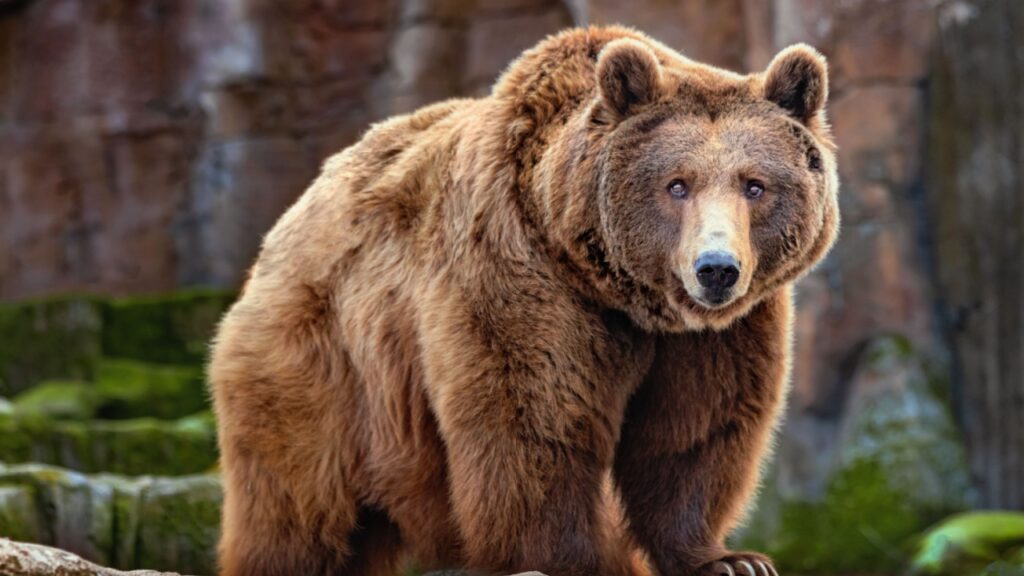
Grizzly bears are among the most feared predators in North America. These massive bears can weigh up to 1,500 pounds and are known for their incredible strength. Grizzlies have long, sharp claws that can grow up to 4 inches in length, which they use for digging and catching prey. Their sense of smell is seven times stronger than that of a bloodhound, allowing them to detect food from miles away.
Harpy Eagle

The harpy eagle is one of the most powerful birds of prey in the world. With a wingspan of up to 7.5 feet and talons the size of grizzly bear claws, these birds are built for hunting. Harpy eagles can fly through dense forest canopies with incredible agility, snatching monkeys and sloths from tree branches. Their legs are as thick as a human wrist, giving them the strength to carry prey weighing up to their own body weight.
Nile Crocodile

The Nile crocodile is one of Africa’s most feared predators. These reptiles can grow up to 20 feet long and are known for their aggressive behavior. Nile crocodiles have incredible patience, often waiting motionless for hours to ambush prey coming to drink at the water’s edge. Their powerful jaws can exert up to 5,000 pounds of pressure per square inch, allowing them to easily crush bones.
Leopard
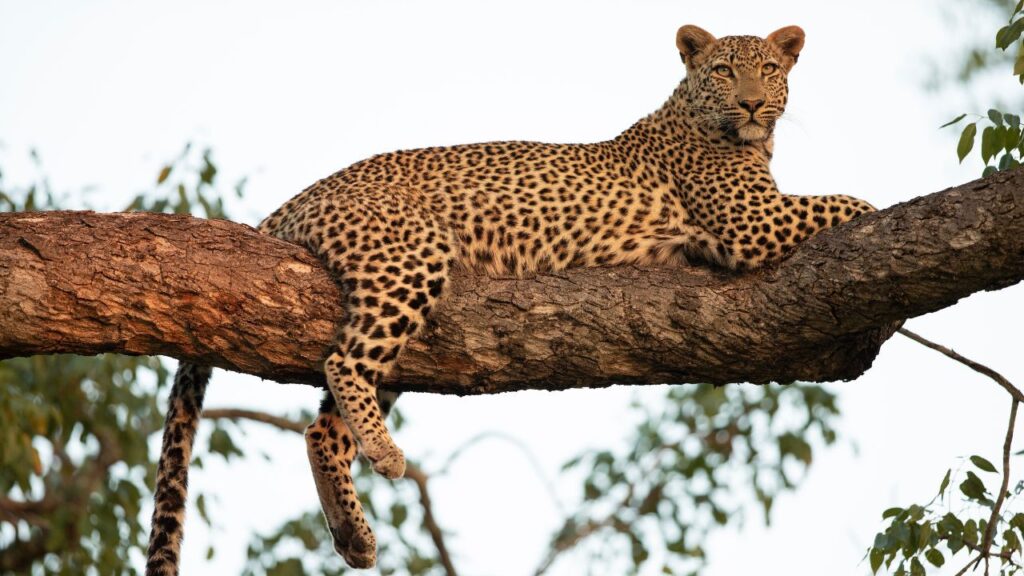
Leopards are among the most adaptable and stealthy of the big cats. These spotted hunters are known for their incredible strength, able to carry prey twice their own weight up into trees. Leopards have excellent night vision and are skilled climbers, often ambushing their prey from above. Their rosette-patterned coat provides perfect camouflage in the dappled light of forests and savannas.
Great Horned Owl
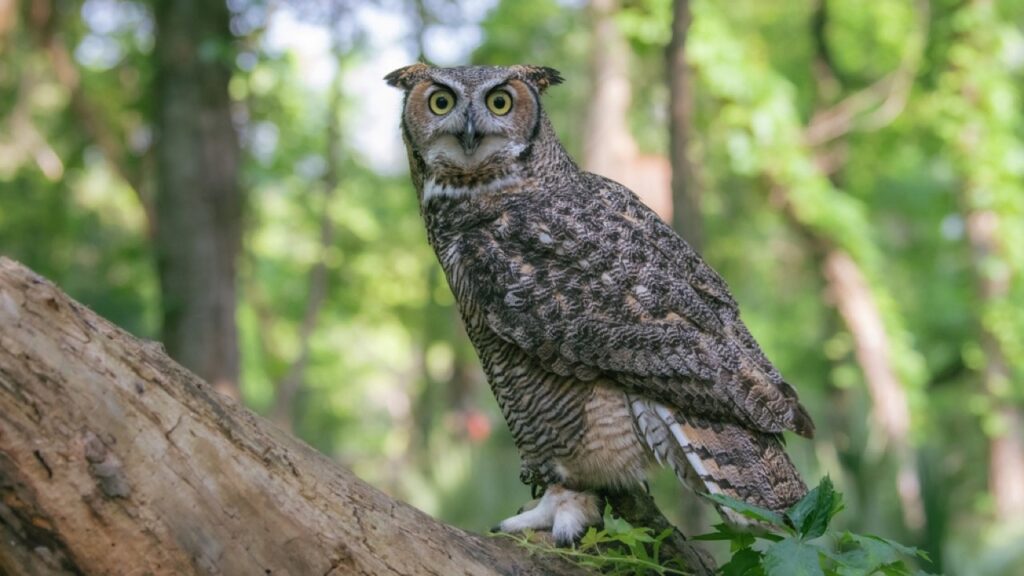
The great horned owl is a silent night hunter with a fierce reputation. These birds have specialized feathers that allow them to fly almost silently, making them excellent ambush predators. Great horned owls have incredibly strong talons that can exert up to 500 pounds of pressure per square inch, more than enough to instantly kill most prey. Their large eyes are fixed in their sockets, but they can rotate their heads up to 270 degrees to scan for prey.
Wolverine

Despite its small size, the wolverine is one of the most fearsome predators in the northern forests and tundra. These muscular animals have incredibly strong jaws and can take down prey much larger than themselves. Wolverines are known for their ferocity and have been observed driving much larger predators, like bears, away from their kills. Their wide, snowshoe-like paws allow them to travel easily across snow, giving them an advantage over many prey species in winter.
Honey Badger
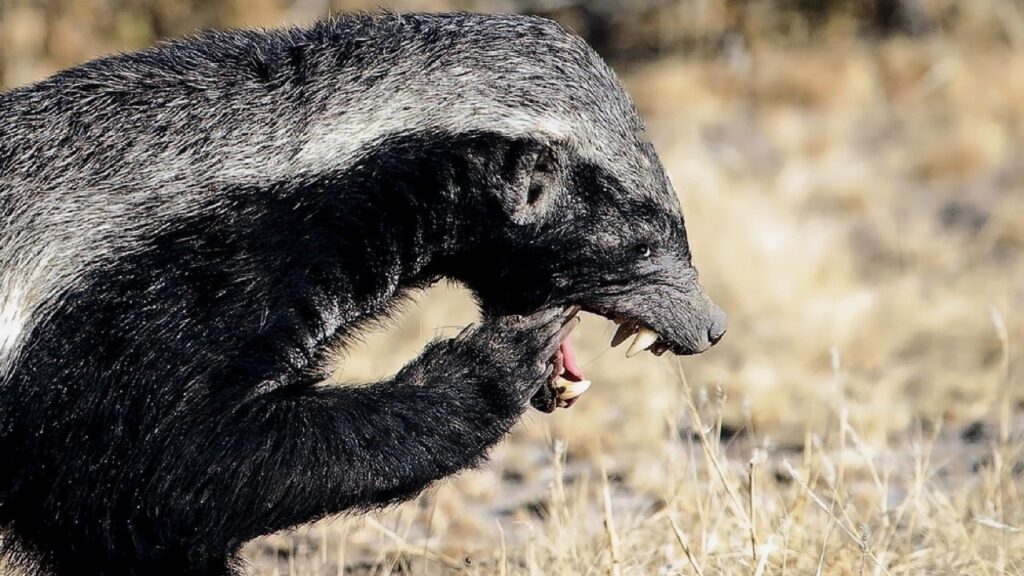
The honey badger has earned a reputation as one of the most fearless animals on Earth. These small but fierce creatures are known for their thick, loose skin that allows them to twist and turn when grabbed, making them difficult for predators to hold onto. Honey badgers have been observed taking on animals many times their size, including lions and pythons. Their powerful claws and strong jaws make them formidable opponents despite their small stature.
Jaguar
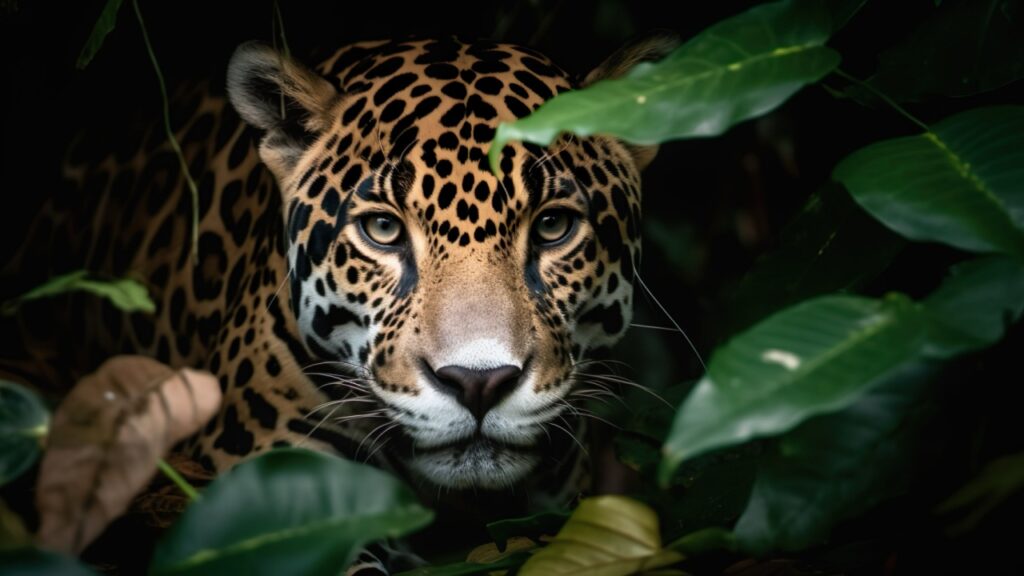
The jaguar is the largest cat in the Americas and a fearsome predator. These spotted hunters have the strongest bite force relative to body size of any big cat, able to crush the skulls and shells of their prey. Jaguars are excellent swimmers and often hunt in and around water. Unlike most cats, they kill their prey with a powerful bite to the skull rather than a throat bite, demonstrating their incredible jaw strength.
Golden Eagle
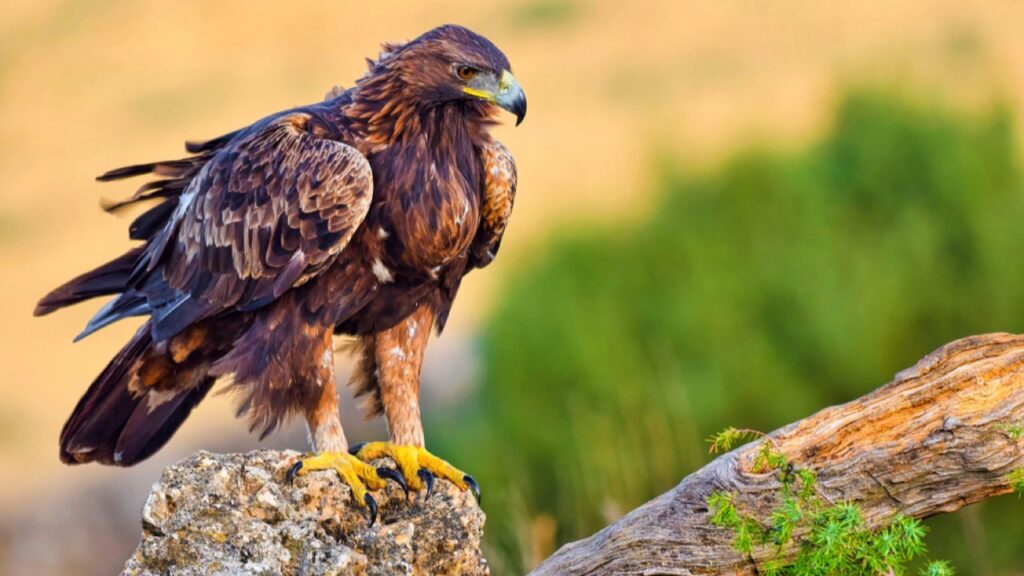
The golden eagle is one of the most impressive birds of prey, known for its size, strength, and hunting prowess. These birds have been observed taking down animals as large as deer and can dive at speeds of up to 200 miles per hour when attacking prey. Golden eagles have excellent eyesight, able to spot a rabbit from over a mile away. Their powerful talons can exert several hundred pounds of pressure, easily crushing the bones of their prey.
Peregrine Falcon
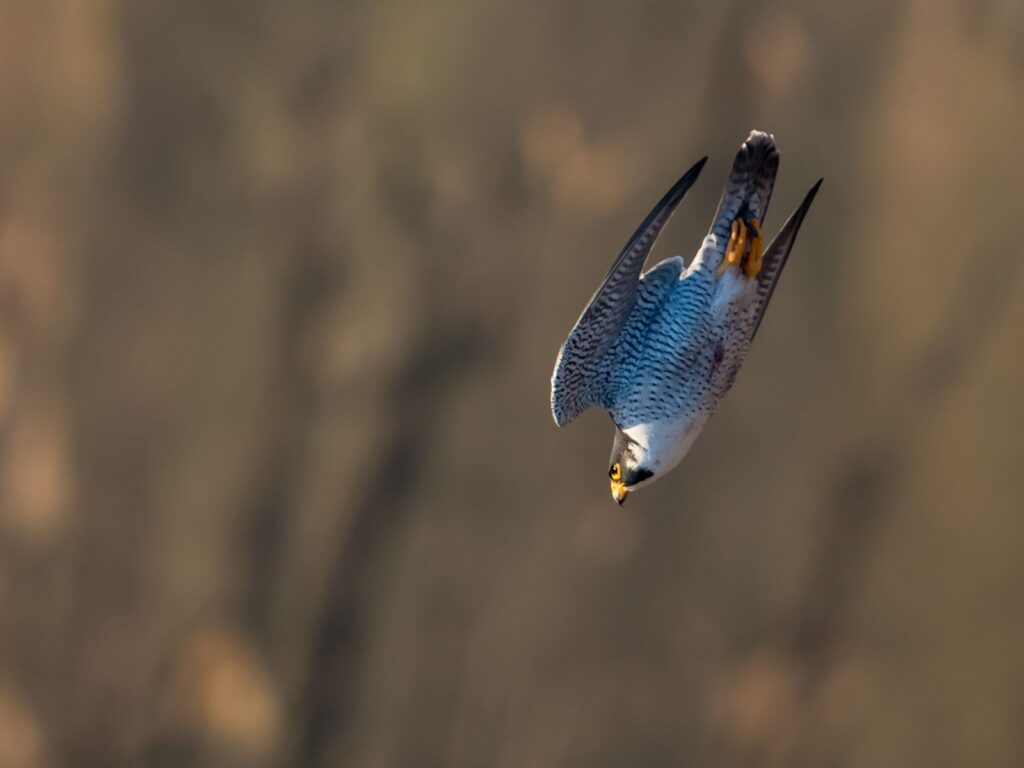
The peregrine falcon is the fastest animal on Earth, capable of reaching speeds over 240 mph during its hunting dive, called a stoop. These birds of prey have excellent eyesight, able to spot prey from over 3 miles away. Peregrine falcons use their speed and agility to catch other birds in mid-air, striking them with their talons at incredible velocities. Their specialized nostrils help them breathe during high-speed dives, allowing them to maintain their status as one of nature’s most efficient aerial hunters.
Anaconda
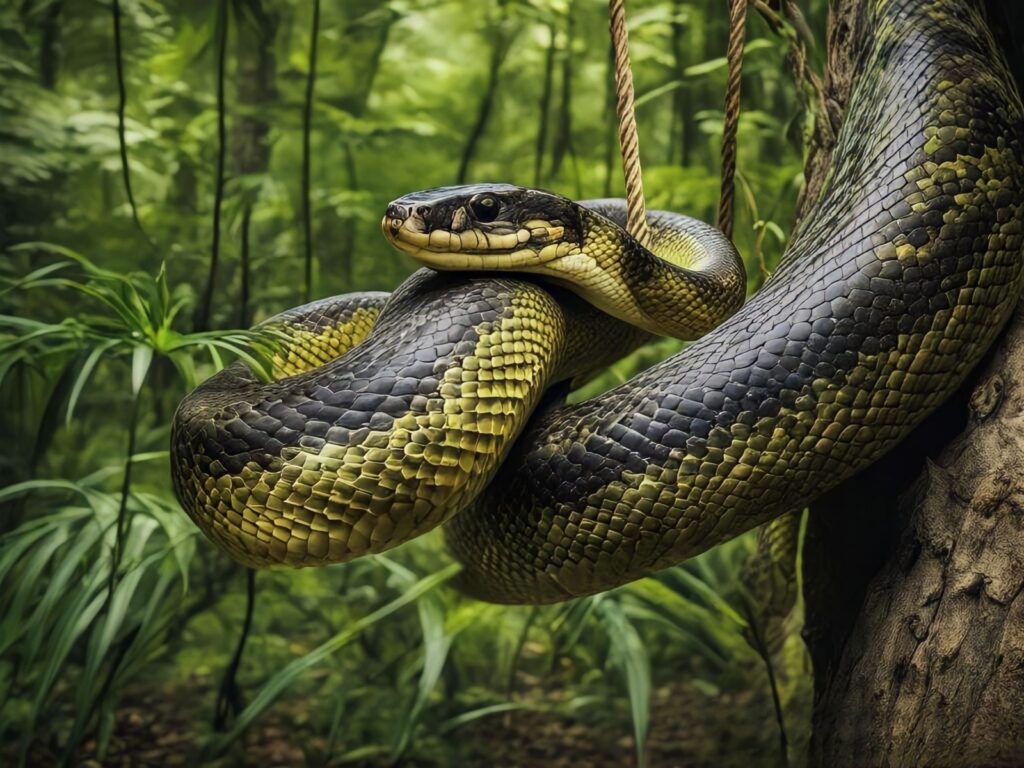
The anaconda is one of the largest and most powerful snakes in the world. These massive constrictors can grow up to 30 feet long and weigh over 550 pounds. Anacondas are excellent swimmers and often hunt in or near water, using their strong bodies to wrap around and squeeze their prey. Their jaws are connected by elastic ligaments, allowing them to swallow prey much larger than their own head. With their ability to detect the body heat of their prey, anacondas are formidable predators in the Amazon rainforest.

